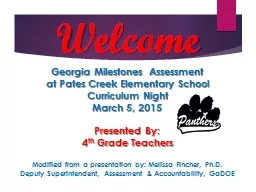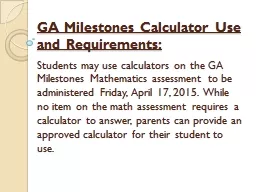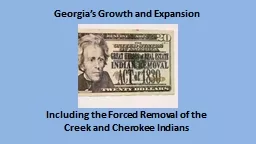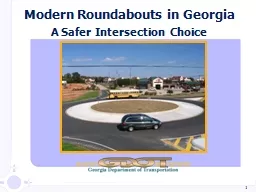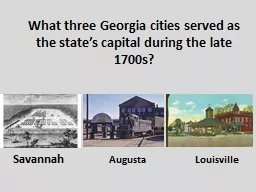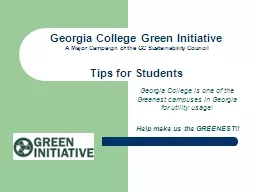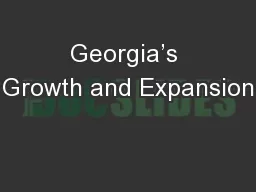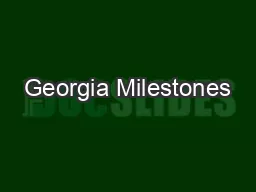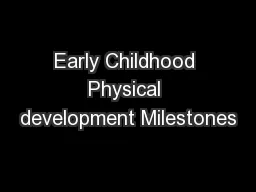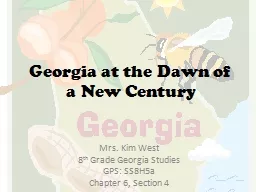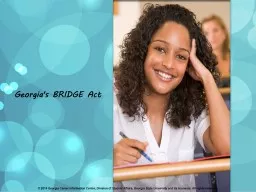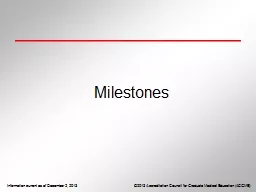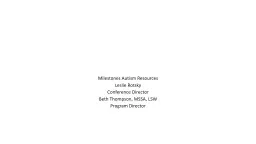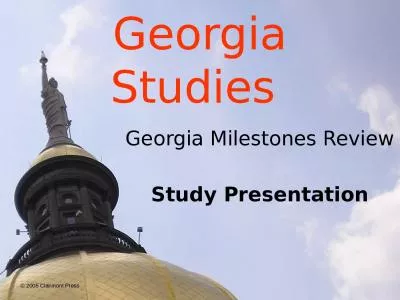PPT-Welcome Georgia Milestones Assessment
Author : liane-varnes | Published Date : 2018-10-21
at Pates Creek Elementary School Curriculum Night March 5 2015 Presented By 4 th Grade Teachers Modified from a presentation by Melissa Fincher PhD Deputy Superintendent
Presentation Embed Code
Download Presentation
Download Presentation The PPT/PDF document "Welcome Georgia Milestones Assessment" is the property of its rightful owner. Permission is granted to download and print the materials on this website for personal, non-commercial use only, and to display it on your personal computer provided you do not modify the materials and that you retain all copyright notices contained in the materials. By downloading content from our website, you accept the terms of this agreement.
Welcome Georgia Milestones Assessment: Transcript
Download Rules Of Document
"Welcome Georgia Milestones Assessment"The content belongs to its owner. You may download and print it for personal use, without modification, and keep all copyright notices. By downloading, you agree to these terms.
Related Documents

